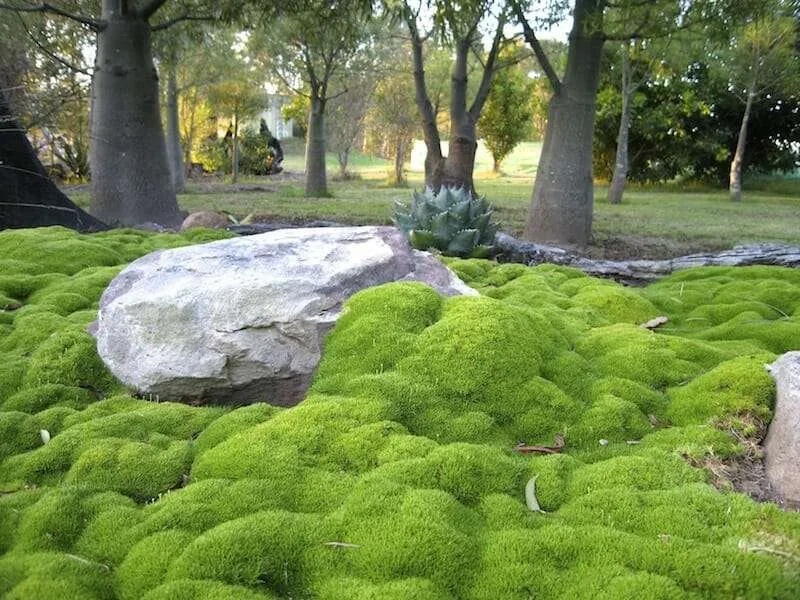Is there anything as romantic as a rambling rose scrambling across aged stone or brick walls? Although at first glance these sprawling plants may look like climbers, their growth tends to be much more lax (which helps produce their beautiful trailing clusters of blooms) and unlike climbers that need to be pruned and trained, ramblers are often best left to their own devices. Plant one and forget about it, and in a few years time you’ll be rewarded with arching stems smothered in luscious blooms.
Below, some tips on how to incorporate them into your garden.

1. Match the rose to the structure.
Ramblers want to scramble up and over structures, so pergolas, arches, walls, fences, and even hedges are all perfect hosts. They will cover up unsightly walls or buildings, too, but it’s important to match the rose to the height of the structure or it will overwhelm its support.
Training a rambler up into a tree can provide a stunning display, but both the tree and the rose need to be chosen well (the particularly aggressive come with warning signs at David Austin Roses). The most vigorous ramblers—’Kiftsgate’, ‘Rambling Rector’, ‘Climbing Cecile Brunner’—will happily sprawl up into enormous trees, but put them near a smaller tree and they are very likely to smother it and eventually kill it.

2. Choose hips for autumn color.
Seek out varieties that provide beautiful hips, too, and you’ll have color in the autumn, too. At Wollerton Old Hall the stunning ‘Frances E. Lester’ with pink white flowers is trained along the front of a loggia providing a stunning display of flowers through June and then enormous clusters of orange hips through the autumn. R. Mulliganii, ‘Bobbie James’, ‘The Garland’ and ‘Wedding Day’—all creamy white varities—will also provide excellent fruits.

3. Add a partner to extend the season.
A common practice is to plant a climber alongside a rambler to extend the season of interest, and clematis are amongst the most popular partners. Choose either a spring flowering variety such as Clematis macropetala hybrids or C. alpina, or later flowering viticella varieties such as C. Alba luxurians which will scramble up through the roses and flower in late summer when the roses blooms are all over. Other delicate climbers can also work—star jasmine, sweet peas or the cup and saucer vine, Cobaea scandens, which will produce flowers right the way through autumn.

4. Plant for succession.
Although most ramblers only flower once, by planting varieties with different flowering times you can ensure a succession of color. Rosa banksiae ‘Lutea’ , a large and vigorous variety, is prized for lush green foliage and clusters of the prettiest pale yellow flowers but also because it’s one of the first roses to flower in early spring.

5. Ramblers are also for cutting.
While they look exquisite in the garden, huge vases of ramblers can also look beautiful indoors. Victoria Martin of Stokesay Flowers in Shropshire includes a handful of ramblers in her book Favourite Roses for Cutting. Her top picks include ‘Climbing Cecile Brunner’ with its beautiful china pink flowers, very pretty buds and glossy deep green foliage and the delicate pale lemon ‘Malvern Hills’ which flowers in early June. ‘Ethel’, which flowers in July is useful for its huge branches covered with very delicate pale pink flowers that look like clusters of apple blossom.

6. Plant them bare root if you can.
As with all roses, it’s cheaper and more sustainable to buy bare root plants and get them into the ground in late winter or early spring. They’ll want good soil with plenty of organic matter dug in and a good layer of mulch on top. If you keep this area clear of weeds you’ll give these plants the best start and then enjoy heaps of luscious blooms for many years to come.
For more on roses, see:
- Ask the Expert: Jenny Barnes’ Way with Roses
- 10 Things Nobody Tells You About Roses
- Gardening 101: How to Prune Roses












Have a Question or Comment About This Post?
Join the conversation (0)